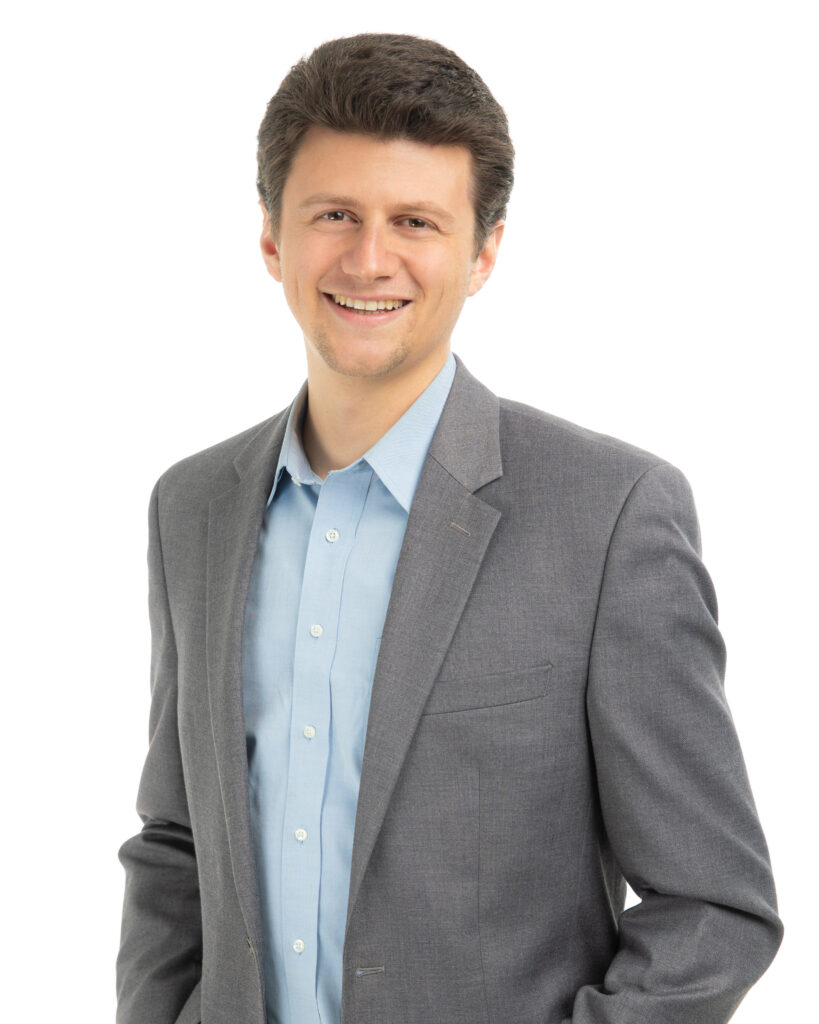When it comes to securing grant funding, communication is key. From the initial outreach to the final reporting, each step of the grant process requires clear, compelling, and well-timed communication. Let’s dive into some of the most important communication methods grant seekers should master.
When a grant listing isn’t publicly available, you can send a letter of inquiry (LOI) to a grant making foundation to solicit funding. This is often the first point of contact between a grant seeker and a potential funder. This short document (typically 1-2 pages) provides a high-level overview of your organization, the project you’re seeking funding for, and how it aligns with the funder’s priorities. Well-crafted LOIs can pique a funder’s interest and lead to an invitation to submit a full proposal. Resources like this guide to LOIs can help you craft a compelling letter.
For larger grant opportunities, funders may request a concept paper prior to a full proposal. This document (usually 3-5 pages) allows you to expand on your project idea and demonstrate its feasibility and impact. Concept papers give you a chance to “sell” your idea before investing significant time in a full proposal.
There are 5 key elements that concept papers typically consist of:
Throughout the grant process, you’ll likely have numerous email and phone interactions with program officers and other funder representatives. These communications are opportunities to build rapport, clarify guidelines, and address any questions or concerns. Be sure to respond promptly, speak clearly, and tailor your messages to each funder’s preferences. Grants.gov’s advice on communicating with funders can help you navigate these interactions.
By mastering these communication tools, grant seekers can increase their chances of securing the funding they need to achieve their goals. And if you’re looking for additional support, be sure to check out Quillify’s AI-powered grant finding and writing platform, or schedule a consultation with one of our grant experts.
Quillify’s intuitive platform can help you discover relevant grant opportunities and craft compelling proposals in minutes. Let our AI and grant writing professionals guide you through the process from start to finish.

Wesley Stevens, the CEO and Founder of Quillify, is an AI expert with over 10 years of AI and nonprofit experience. His successful track record with SBIR grants from the DoD along with his technical expertise, nonprofit volunteering, and personal understanding of the grant landscape inform his vision to revolutionize how people approach securing funding.
Dive into a world of opportunities where securing funding is not just a possibility but a reality.
36 E Cameron Street
Tulsa, OK 74103
Email: [email protected]
Support: [email protected]
Phone: 539-766-8349
Hours: Mon-Fri 9:00 AM – 5:00PM